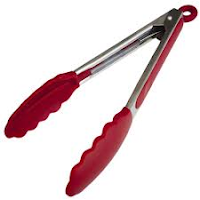As our children prepare to return to school we know that this means new friends which means a host of things: new play dates, new parents to meet, new names of friends to remember, different interests your child will adopt and new birthday parties to attend. As a therapist, I am often tapped for different presents that are good for children of different ages. This will be a multi-part blog with different areas of focus for different age groups to help parents navigate buying different gifts.
This weeks Part 1 will focus on Gross Motor and Coordination skills. These are the big movements that involve big muscles throughout the body. For some children, these movements have always come easily and for other children this can be very difficult. Here are some ideas for presents for different age groups that just may be the right fit!
1. Fisher Price® Bright Beats Smart Touch Play Space
This toy is made to move from infant to toddler years. It incorporates the use of sound and light to encourage movement in sitting, standing and cruising positions.
2. Balance Beams and Stepping Stone Games
These toys allow for a multitude of uses and encourages creative play while working on balance, coordination and movement.
3. Twister
Yes, this game is still around and it is great for coordination and motor planning! Recommended for ages 6 and up.
4. Velcro Ball and Catch Set
This is an inexpensive toy that allows for increased success for children that may have difficulty with the act of catching the ball by allowing a bigger target as well as decreased movement required to catch.
5. Scooters
For older kiddos this is great for coordination, balance and core strengthening. The simpler the better on scooters as they can become more difficult the more parts and pieces are added. Of course, I always recommend a helmet for safety on these!
Sometimes it just takes a different view on different games and toys to show their true value! Have fun shopping!
































